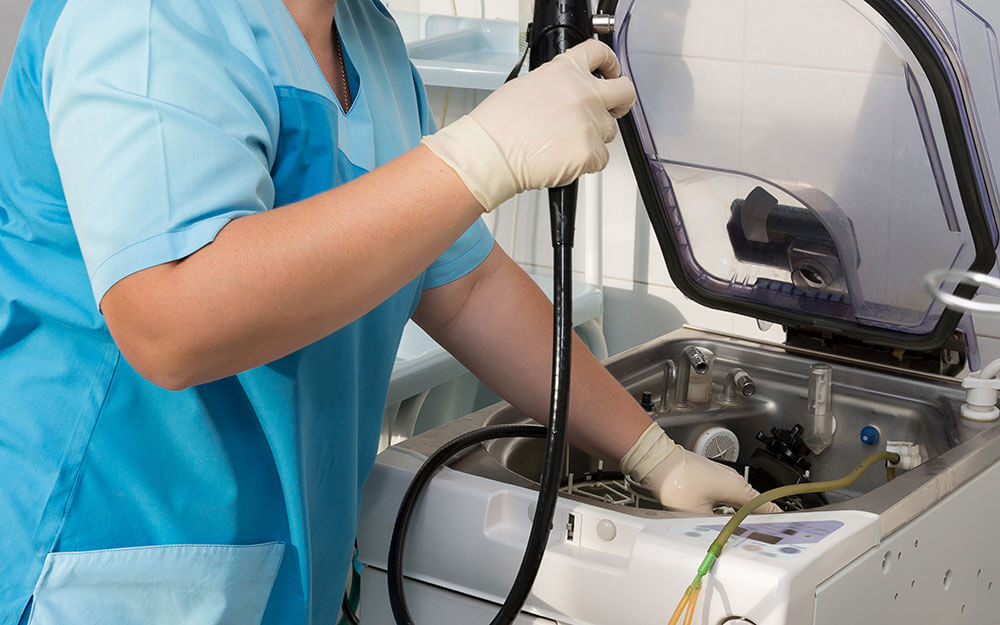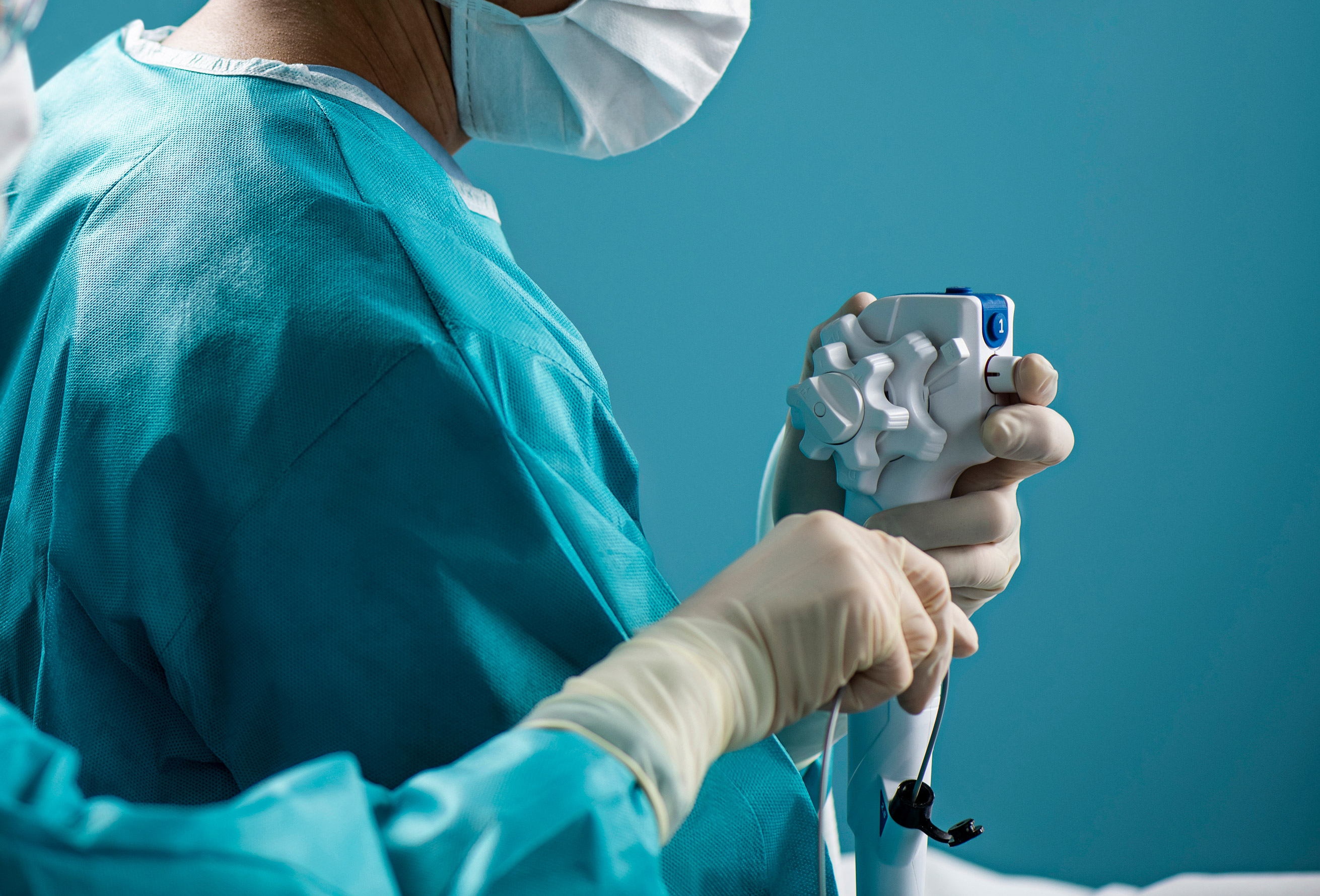
High confidence levels in endoscope reprocessing protocol among technicians and nurses did not equate with compliance on current disinfection guidelines, according to new survey results published in the American Journal of Infection Control.
The January 2021 study analyzed findings of an 88-person survey taken by technicians and nurses at the start of a reprocessing training course in Texas in 2019. The 10-question assessment revealed several misconceptions and misunderstandings of current best practices among cleaning personnel. At the same time, a majority of those surveyed self-reported high levels of experience and confidence in their work.
Incorrect answers about reprocessing ranged from personal protective equipment (PPE) use to an understanding of which part of a duodenoscope is most associated with cross-contamination — the elevator channel.
This suggests “confidence and experience do not correspond to competency, a discrepancy that may hinder infection prevention efforts,” the study concluded.
Some survey participants said they began reprocessing endoscopes on their own within a month of starting their positions. A subset of those began training others at that time.
“While reprocessing without oversight may increase personnel’s confidence, those with limited training may inadvertently propagate missteps, especially when tasked with teaching others,” according to the study.
Flexible endoscope reprocessing has come under increased government scrutiny in recent years as reported infection outbreaks have been linked to contaminated devices. Recent U.S. Food and Drug Administration (FDA) post-market surveillance studies led the agency to recommend an industry switch to partially or fully disposable duodenoscopes in August 2019. The FDA is now looking into reported outbreaks of multidrug-resistant organisms traced back to urological endoscopes.
Cleaning endoscopes between uses can require more than 100 steps and can take up to two hours to complete, depending on the type of endoscope. Society guidelines and manufacturer instructions for use outline the rigorous process, which research suggests must be strictly followed to ensure adequate disinfection.
Participants in this survey included technicians and nurses who were about to start a training course for reprocessing personnel held at the Texas Interventional Endoscopy Group in 2019.
Some of the results highlighted by the study authors include misconceptions about PPE use, drying times, and how much time should pass between pre-cleaning and manual cleaning of endoscopes.
The FDA post-market surveillance study of duodenoscopes was a result of a deadly carbapenem-resistant Enterobacterales (CRE) outbreak in 2015. The study noted that not all survey participants linked CRE to duodenoscopes or as a risk factor during endoscopic retrograde cholangiopancreatography (ERCP) — the procedure in which the duodenoscope is used.
A key study conclusion? Reported levels of confidence and experience among reprocessing personnel should not serve as proxies for competency.
Rather, institutions need to invest in more training programs to counter proper protocol misconceptions. The extent of the training needed can only be determined after thorough observation and auditing of current reprocessing techniques.
Individual hospitals, according to the study, also need to determine how often training is needed based on technician and nurse performance and compliance in reprocessing suites.


